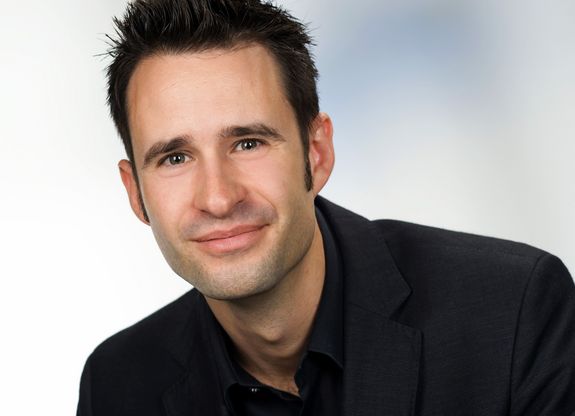Nuclear physics with a laser: 229Thorium
Atoms, as building blocks of nature, consist of an atomic nucleus and the electron shell. Both systems are governed by similar laws and forces. However, the required energies to create changes (e.g. excitations) in the nucleus or the electron shell differ by many orders of magnitudes. This reflects in largely different tools and methods used for their investigation: atomic physics probes the electron shell mainly by means of lasers. Nuclear physicists create excitations at high energies using particle accelerators such as CERN in Switzerland/France.
The radio isotope 229Thorium is the only atom with the potential to bridge the gap between atomic and nuclear physics. It provides an unnaturally low-energy nuclear excited state, accessible to atomic physics tools, most notably laser excitation. It is the aim of the proposed research project to identify the “optical nuclear transition” and make it usable for fundamental investigations and applications.
Currently, our „second“ is defined as 9.192.631.770 oscillations of a light wave that leads to a specific excitation in the electron shell of the Cesium atom. Electronic transitions are however sensitive to magnetic and electric fields and have to be shielded in so-called atomic clocks. Furthermore, interrogation of the transition requires free ballistic expansion, next-generation atomic clocks will hence have to be based on satellites.
Using the nuclear excited state of 229Thorium instead would increase the time standard accuracy by many orders of magnitudes, at the same time reducing the experimental complexity considerably, no shielding or ballistic measurements are required. Building such a “nuclear clock” is the main goal of the research proposal.
The frequency of the 229Thorium transition is determined by the „strong force“ inside the nucleus in contrast to all other common frequency standards, based on transitions inside the electron shell. Comparing a “nuclear atomic clock” to standard time standards will hence allow addressing one of the most fundamental questions in physics: "are nature’s constants really constant?".
Contact:
Vienna University of Technology
Institute of Atomic and Subatomic Physics
Dr. Thorsten Schumm
Stadionallee 2, 1020 Vienna
T: +43 (1) 58801-54172
thorsten.schumm@tuwien.ac.at
Schumm@atomchip.org
www.ati.ac.at/index.php
